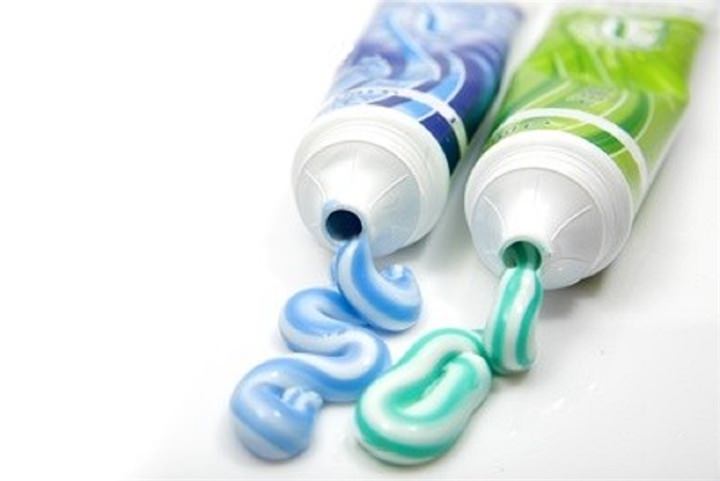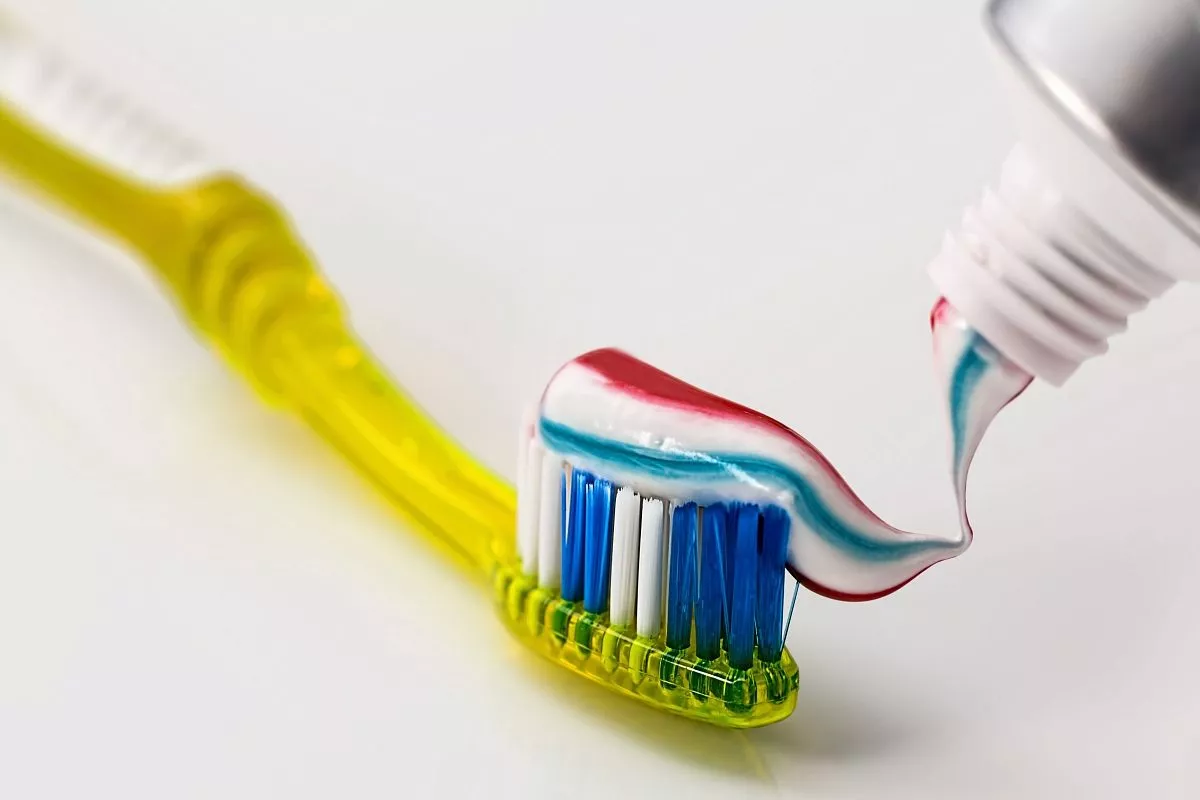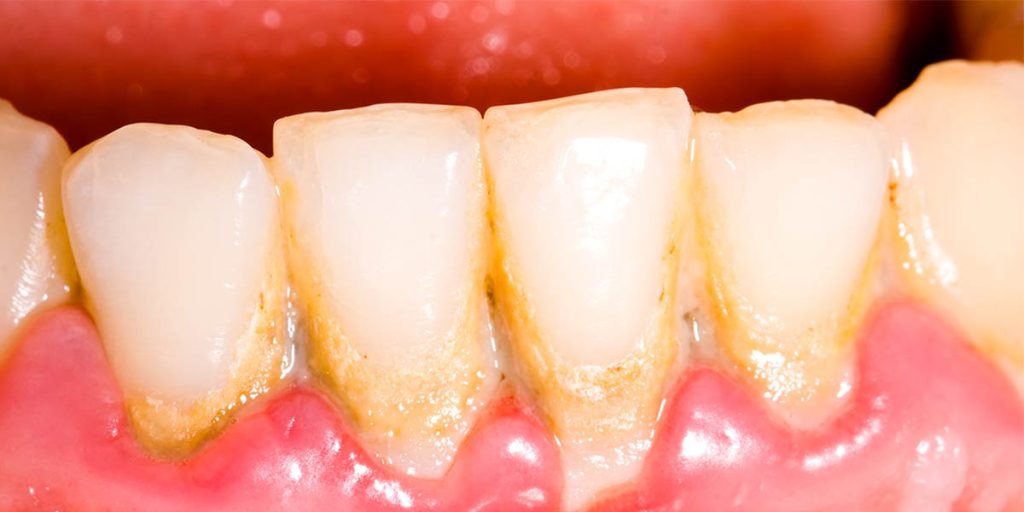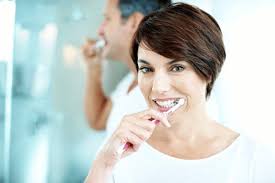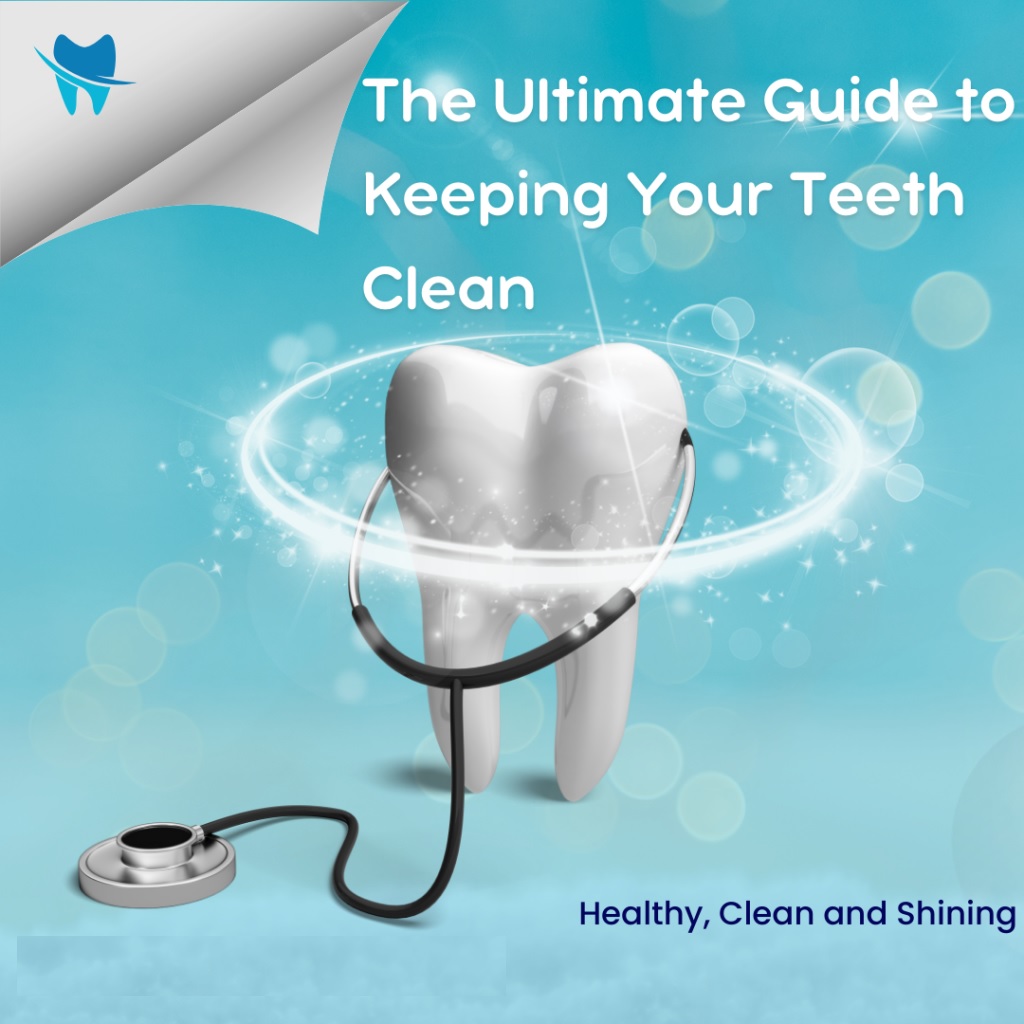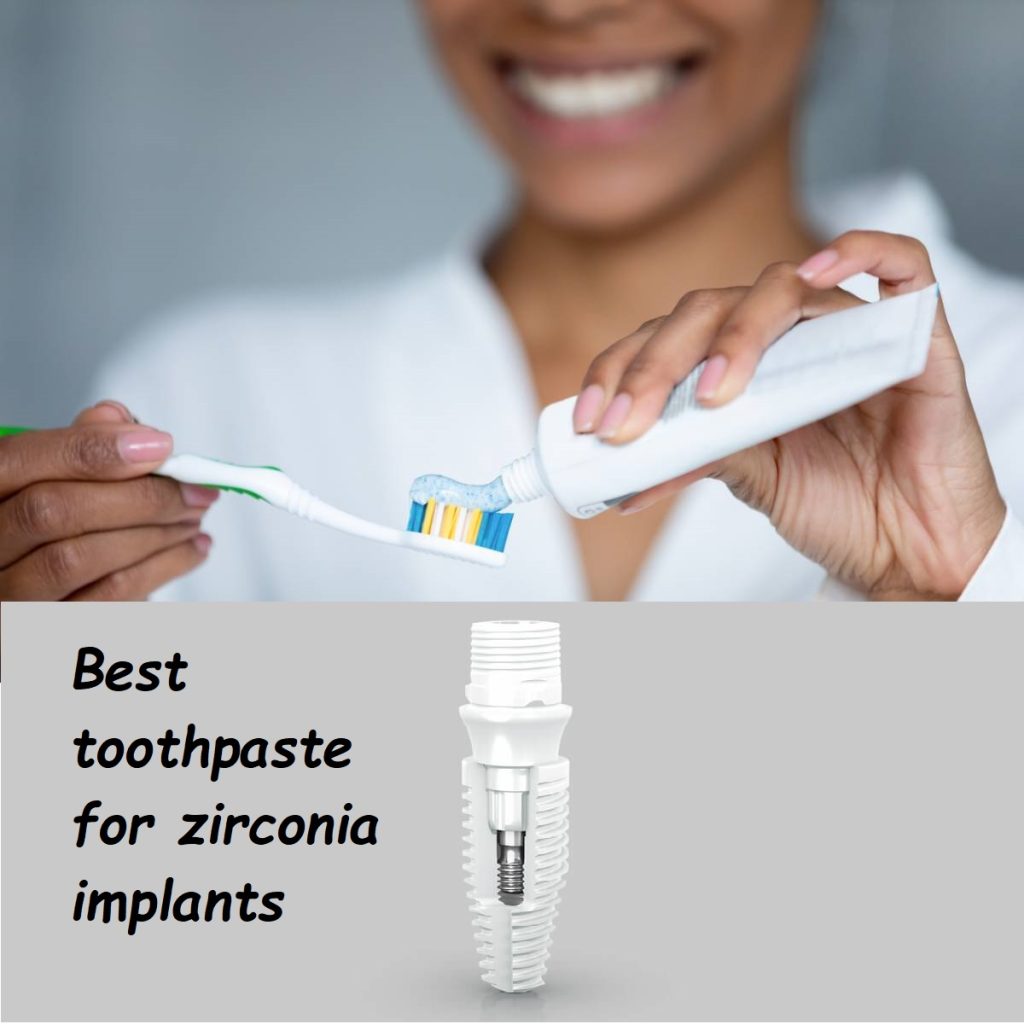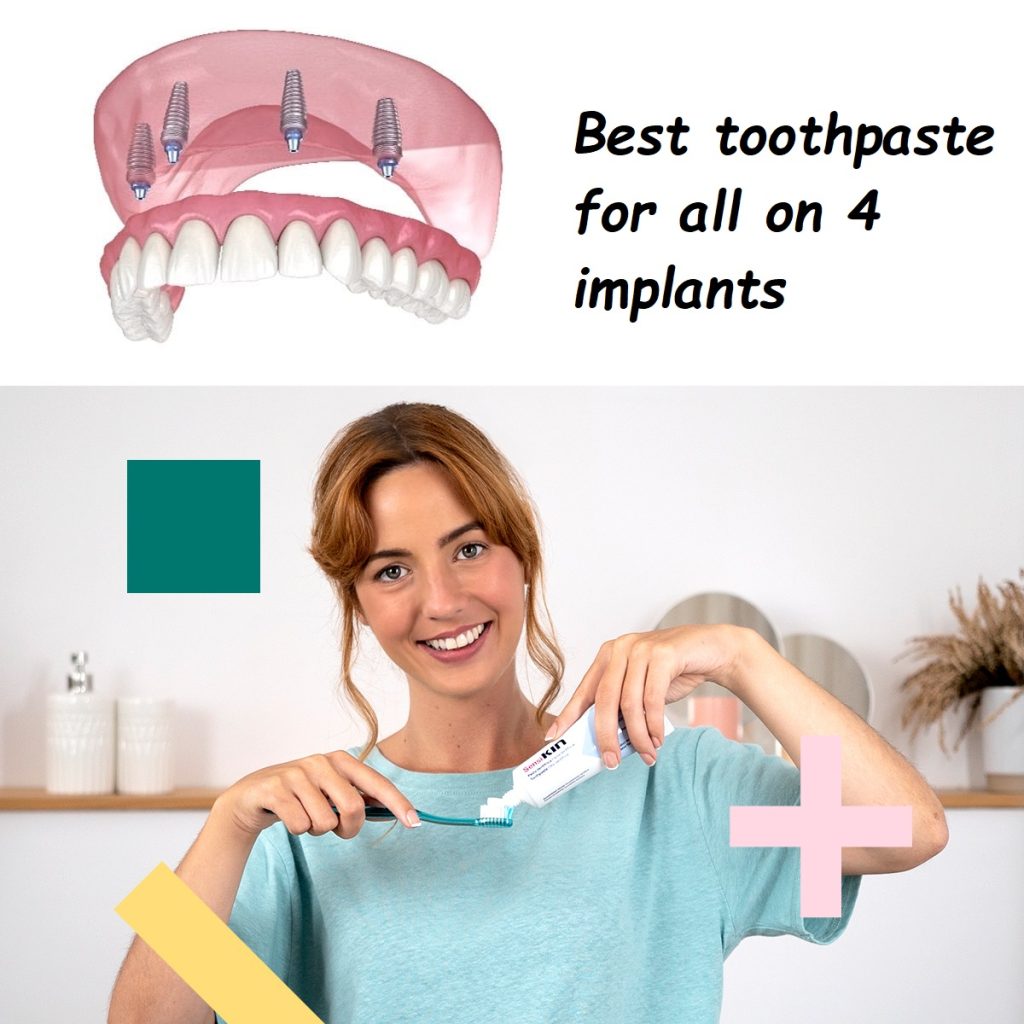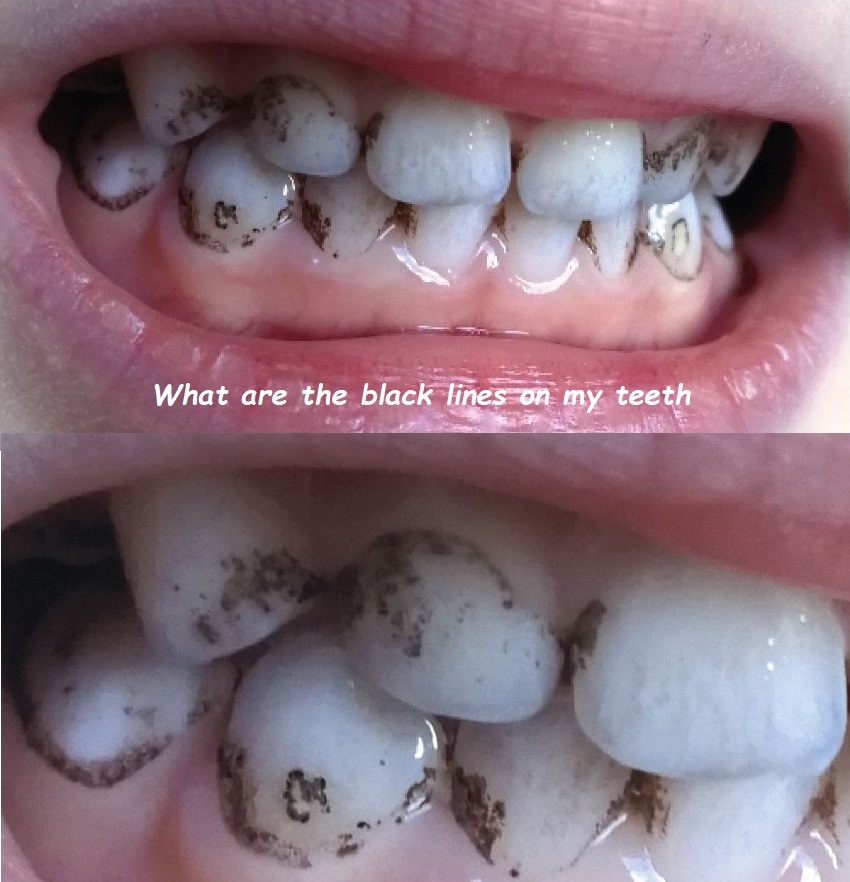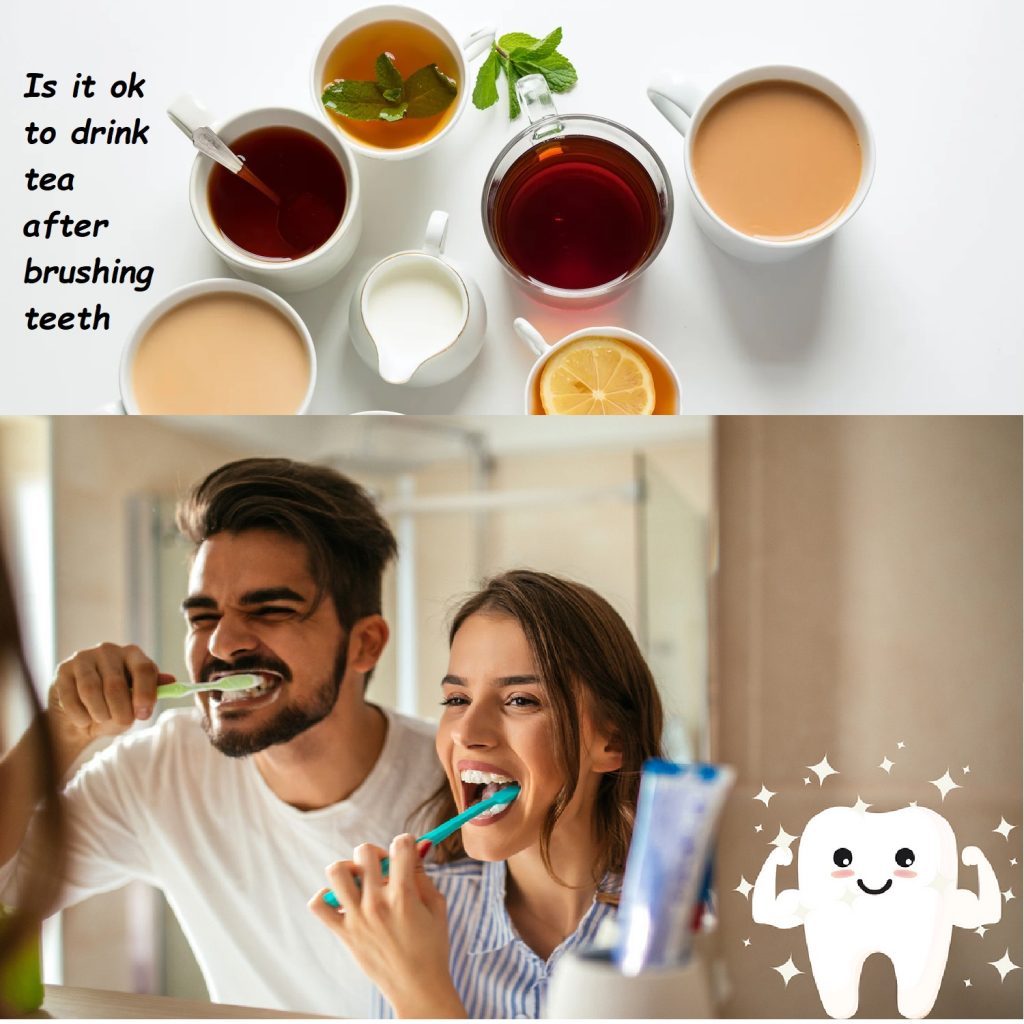Best Toothpaste: A Comprehensive Guide to Choosing the Best Toothpaste and Toothbrush for Optimal Oral Health
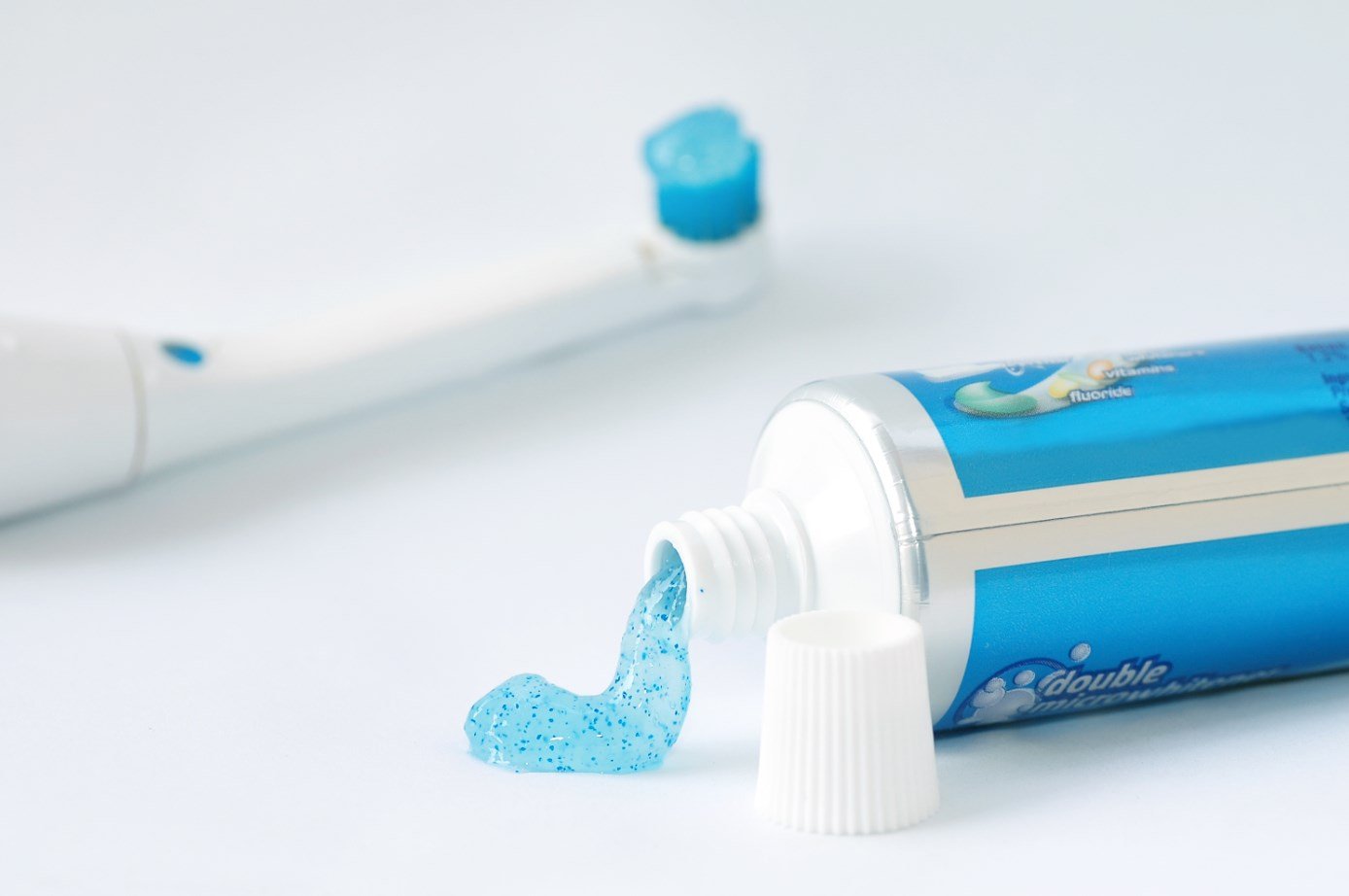
Introduction: The Importance of Choosing the Best Toothpaste
Finding the best toothpaste can be overwhelming given the vast array of options available on the market. Whether you’re searching for a toothpaste that helps with sensitivity, whitening, cavity prevention, or overall gum health, the right product can make a significant difference in your oral hygiene routine. This comprehensive guide will not only help you discover what the best toothpaste is but also dive into how to choose the best toothbrush to pair with it. Let’s explore everything from ingredients to benefits, ensuring that your teeth and gums get the best care possible.
What Is the Best Toothpaste?
When people ask, what is the best toothpaste?, there isn’t a one-size-fits-all answer. Different people have different needs, and the best toothpaste for you depends on various factors like dental concerns and personal preferences.
Key Factors to Consider in the Best Toothpaste:
- Fluoride Content: Fluoride is essential in toothpaste because it strengthens enamel and helps prevent cavities. Almost all of the best toothpastes contain fluoride.
- Specialized Formulas:
- Whitening Toothpastes: Best for removing surface stains and maintaining bright, white teeth.
- Sensitivity Toothpastes: These formulas contain ingredients like potassium nitrate or stannous fluoride to soothe nerves in the teeth, making them the best choice for people with tooth sensitivity.
- Enamel Protection Toothpastes: Help remineralize enamel, often including calcium and phosphate.
- Natural Toothpastes: For those looking to avoid artificial ingredients, many natural toothpastes exclude chemicals like sodium lauryl sulfate (SLS), artificial flavors, or preservatives.
- ADA Seal of Acceptance: Look for toothpastes that have been approved by the American Dental Association (ADA). The ADA seal ensures that the toothpaste meets safety and efficacy standards, making it one of the best indicators for a quality toothpaste.
Types of Toothpaste and Their Benefits
Let’s break down some of the most popular toothpaste options to help you understand what makes each the best choice for specific oral health needs.
- Whitening Toothpastes
- Best for: Surface stains, mild discoloration, maintaining bright teeth.
- How it works: Contains mild abrasives and peroxide-based ingredients to polish and whiten.
- Recommended Products: Crest 3D White, Colgate Optic White. For more details about Best-Toothpaste for Teeth Whitening.
- Toothpaste for Sensitive Teeth
- Best for: People with sensitivity to hot, cold, or sweet foods.
- How it works: Uses ingredients like potassium nitrate to block pain signals from the tooth to the brain.
- Recommended Products: Sensodyne Pronamel, Colgate Sensitive Pro-Relief. Check in-depth about Best Desensitizing Toothpaste
- Anti-Cavity Toothpastes
- Best for: Preventing cavities and maintaining strong enamel.
- How it works: High fluoride content helps strengthen tooth enamel and reduce the risk of cavities.
- Recommended Products: Colgate Cavity Protection, Crest Pro-Health. See more about Best Toothpaste For Tooth Cavity Prevention
- Natural and Organic Toothpastes
- Best for: Those looking for a more eco-friendly, chemical-free option.
- How it works: These toothpastes use natural ingredients like baking soda, coconut oil, and essential oils for cleaning and freshness.
- Recommended Products: Tom’s of Maine, Hello Oral Care.

Choosing the Best Toothbrush: How It Complements Your Toothpaste
Choosing the best toothbrush is just as crucial as selecting the right toothpaste. Your toothbrush and toothpaste work hand in hand to ensure optimal oral hygiene.
Types of Toothbrushes:
- Manual Toothbrushes:
- Best for: Those who prefer more control over brushing pressure and technique.
- Features to look for: Soft bristles, ergonomic handle, and a small head for reaching all areas of the mouth.
- Electric Toothbrushes:
- Best for: People who want a deeper, more efficient clean with less effort. Electric toothbrushes can also be more effective at removing plaque than manual brushes.
- Features to look for: Sonic technology, pressure sensors, multiple modes (like sensitive or whitening), and long battery life.
- Recommended Products: Philips Sonicare, Oral-B Genius.
- Bamboo Toothbrushes (Eco-Friendly):
- Best for: Environmentally-conscious users looking for a biodegradable option.
- Features to look for: Soft bristles and an ergonomic handle.
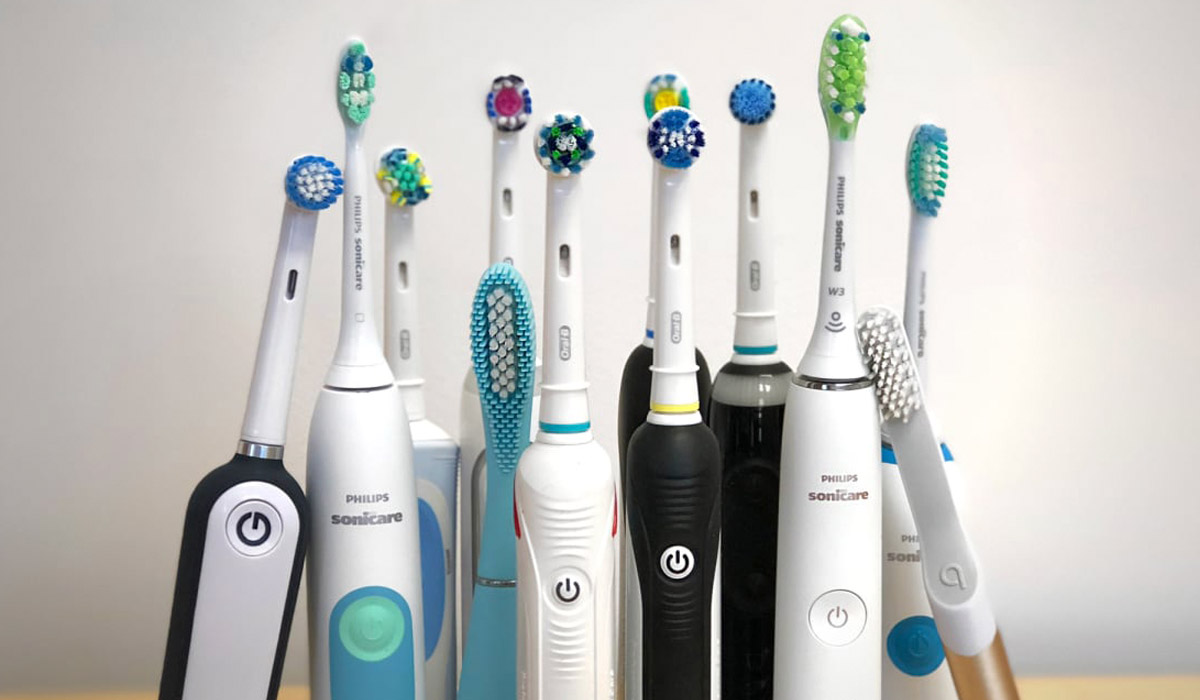
How to Pair the Best Toothpaste and Toothbrush:
- For Whitening: Pair a whitening toothpaste with a sonic electric toothbrush for the best results in removing stains.
- For Sensitivity: Use a soft-bristled brush with a sensitive toothpaste to avoid aggravating the gums or wearing down enamel.
- For Gum Health: Choose a toothpaste that contains fluoride or stannous fluoride, paired with an electric toothbrush designed for gentle gum stimulation.
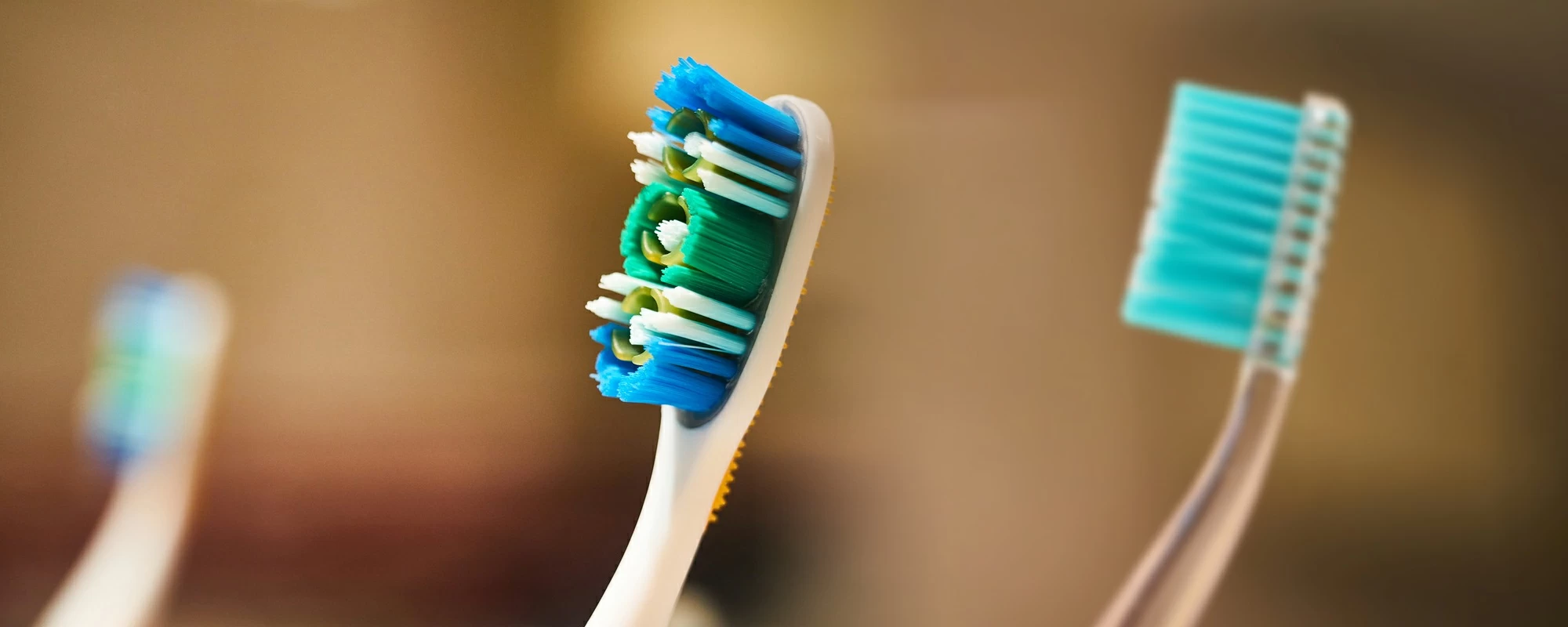
What to Avoid in Toothpaste and Toothbrushes
When shopping for the best toothpaste and toothbrush, it’s equally important to know what to avoid:
- Avoid Abrasive Toothpastes: Toothpaste that is too abrasive can damage your enamel. Stay away from those with large amounts of charcoal or baking soda unless recommended by your dentist.
- Hard Bristle Brushes: Hard bristles can erode enamel and irritate gums, leading to gum recession. Always choose a soft or extra-soft brush.
- Toothpaste with Harmful Chemicals: Avoid toothpastes containing triclosan or artificial colors. While the best natural toothpastes avoid these ingredients, mainstream brands may still include them in some products.
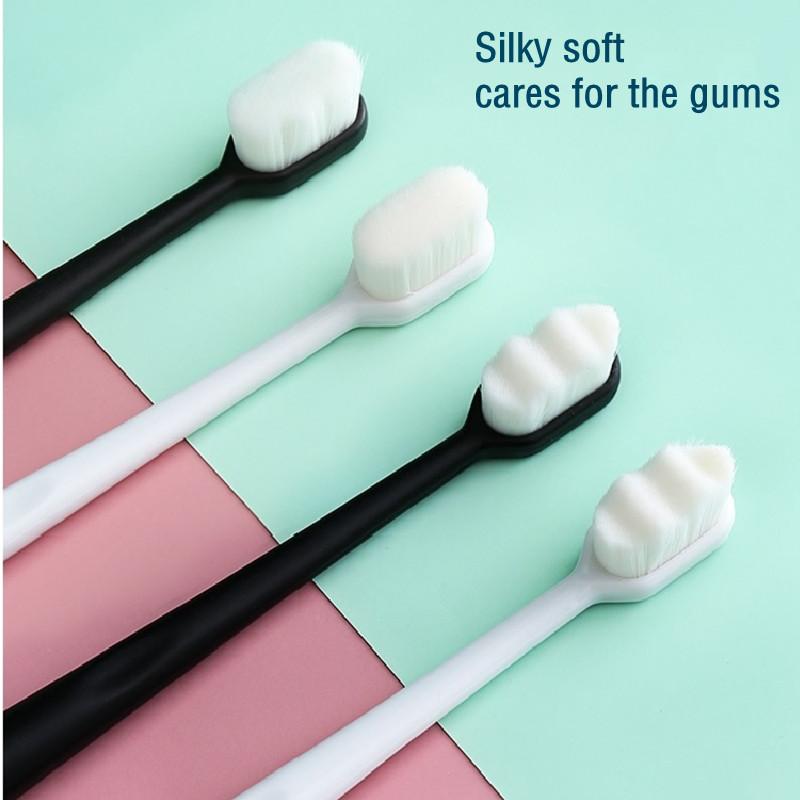
How to Use Toothpaste and Toothbrush Correctly for Optimal Results
To get the most out of your best toothpaste and best toothbrush, follow these brushing tips:
- Brush Twice Daily: Morning and night for at least 2 minutes.
- Use the Right Technique: Hold the brush at a 45-degree angle to your gums and use gentle circular motions.
- Don’t Forget Your Tongue: Brush your tongue or use a tongue scraper to remove bacteria that cause bad breath.
- Replace Your Toothbrush: Replace your toothbrush or electric toothbrush head every 3 months or sooner if the bristles are frayed.
Conclusion: Find the Best Toothpaste and Toothbrush for Your Oral Health Needs
Choosing the best toothpaste and best toothbrush doesn’t have to be difficult if you know what you’re looking for. Whether you’re dealing with sensitivity, looking for a whiter smile, or simply maintaining healthy teeth and gums, this guide should help you make an informed decision. Always consult with your dentist for recommendations that suit your specific needs. With the right products and proper brushing habits, you’ll be on your way to a healthier, more confident smile.
Read More about effective Oral Hygiene Practices For Optimal Oral Health.
FAQs
1. What is the best toothpaste for cavities?
Look for toothpastes with high fluoride content, such as Colgate Total or Crest Pro-Health, to help prevent cavities and strengthen enamel.
2. Is electric toothbrush better than manual?
Electric toothbrushes are generally more effective at removing plaque, especially when used with proper brushing technique.
3. How often should I replace my toothbrush?
Replace your toothbrush or toothbrush head every 3 months, or sooner if the bristles appear worn or frayed.
References:
- American Dental Association Seal of Acceptance Guidelines
- Philips Sonicare Toothbrush Studies
- Colgate Best Practices for Toothpaste
By following this guide, you’re well on your way to ensuring optimal oral health for years to come!

